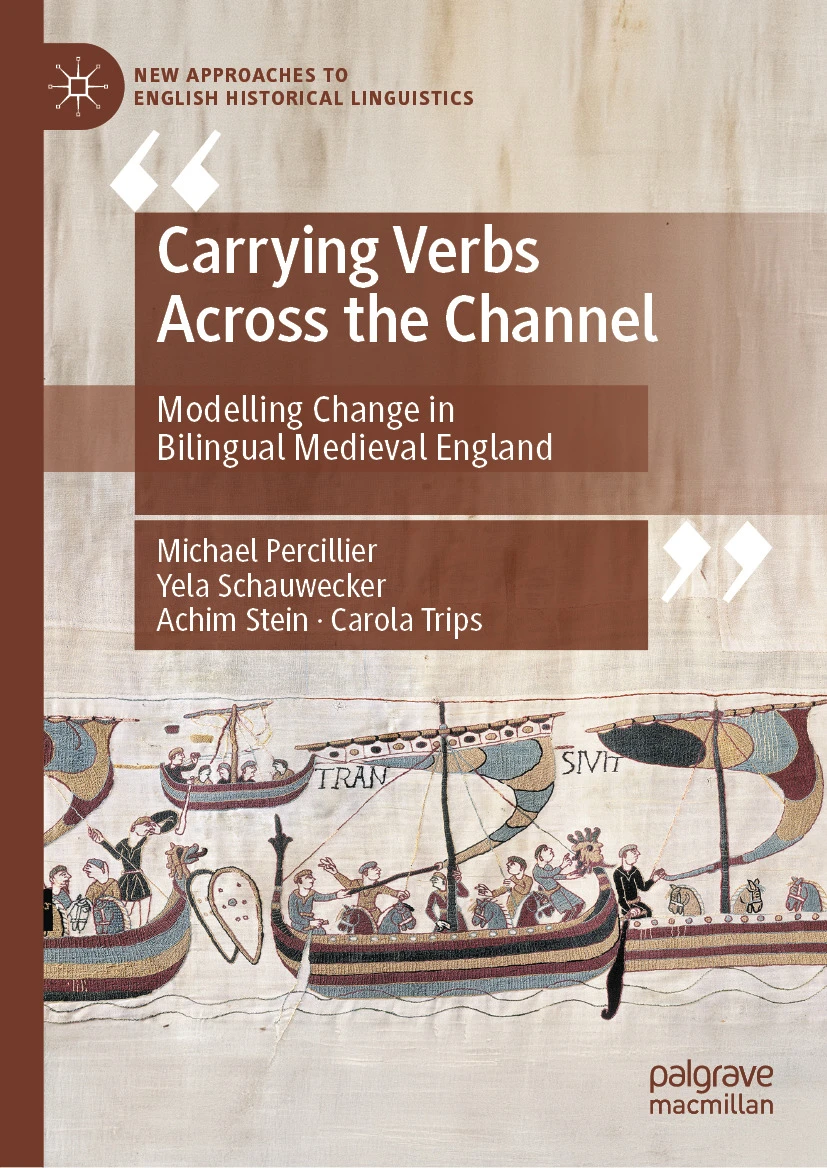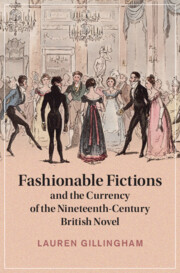Carrying verbs across the channel modelling change in bilingual Medieval England
 This book examines grammatical changes that took place in the medieval language contact situation between English and French from 1066 until 1500. It investigates structural copying phenomena and their connection with the lexicon, finding that copying of lexical verbs with a predicate-argument structure accelerated wider grammatical changes, and shows why the traditional notion of borrowing should be replaced with the more adequate concept of copying. The authors start by taking a fresh look at the relationship between Old French and Middle English in light of recent developments in the ? eld of linguistics, arguing that what has traditionally been seen as a diglossic situation (i.e., as contact between the dominating speakers of French and the native speakers of English) should instead be analysed through the framework of bilingualism. The two contact scenarios under scrutiny are the ones between Old French and Middle English and Middle English and the contact variety of Anglo-French. On the basis of their case studies they develop a holistic model of contact-induced change that integrates the bilingual individual as well as the speech community and its sociolinguistic background. This book will be of interest to students and scholars of language history and change, language contact and acquisition, sociolinguistics, multilingualism, and psycholinguistics.
This book examines grammatical changes that took place in the medieval language contact situation between English and French from 1066 until 1500. It investigates structural copying phenomena and their connection with the lexicon, finding that copying of lexical verbs with a predicate-argument structure accelerated wider grammatical changes, and shows why the traditional notion of borrowing should be replaced with the more adequate concept of copying. The authors start by taking a fresh look at the relationship between Old French and Middle English in light of recent developments in the ? eld of linguistics, arguing that what has traditionally been seen as a diglossic situation (i.e., as contact between the dominating speakers of French and the native speakers of English) should instead be analysed through the framework of bilingualism. The two contact scenarios under scrutiny are the ones between Old French and Middle English and Middle English and the contact variety of Anglo-French. On the basis of their case studies they develop a holistic model of contact-induced change that integrates the bilingual individual as well as the speech community and its sociolinguistic background. This book will be of interest to students and scholars of language history and change, language contact and acquisition, sociolinguistics, multilingualism, and psycholinguistics.
zum Buch im ULB-KatalogPlus
zum Buch auf der Verlags-Website
Fashionable Fictions and the Currency of the Nineteenth-Century British Novel
 Revealing how a modern notion of fashion helped to transform the novel and its representation of social change and individual and collective life in nineteenth-century Britain, Lauren Gillingham offers a revisionist history of the novel. With particular attention to the fiction of the 1820s through 1840s, this study focuses on novels that use fashion’s idiom of currency and obsolescence to link narrative form to a heightened sense of the present and the visibility of public life. It contends that novelists steeped their fiction in date-stamped matters of dress, manners, and media sensations to articulate a sense of history as unfolding not in epochal change, but in transient issues and interests capturing the public’s imagination. Reading fiction by Mary Shelley, Letitia Landon, Edward Bulwer-Lytton, W. H. Ainsworth, Charles Dickens, Mary Elizabeth Braddon, and others, Fashionable Fictions tells the story of a nineteenth-century genre commitment to contemporaneity that restyles the novel itself.
Revealing how a modern notion of fashion helped to transform the novel and its representation of social change and individual and collective life in nineteenth-century Britain, Lauren Gillingham offers a revisionist history of the novel. With particular attention to the fiction of the 1820s through 1840s, this study focuses on novels that use fashion’s idiom of currency and obsolescence to link narrative form to a heightened sense of the present and the visibility of public life. It contends that novelists steeped their fiction in date-stamped matters of dress, manners, and media sensations to articulate a sense of history as unfolding not in epochal change, but in transient issues and interests capturing the public’s imagination. Reading fiction by Mary Shelley, Letitia Landon, Edward Bulwer-Lytton, W. H. Ainsworth, Charles Dickens, Mary Elizabeth Braddon, and others, Fashionable Fictions tells the story of a nineteenth-century genre commitment to contemporaneity that restyles the novel itself.
zum Buch im ULB-KatalogPlus
zum Buch auf der Verlags-Website

 Revealing how a modern notion of fashion helped to transform the novel and its representation of social change and individual and collective life in nineteenth-century Britain, Lauren Gillingham offers a revisionist history of the novel. With particular attention to the fiction of the 1820s through 1840s, this study focuses on novels that use fashion’s idiom of currency and obsolescence to link narrative form to a heightened sense of the present and the visibility of public life. It contends that novelists steeped their fiction in date-stamped matters of dress, manners, and media sensations to articulate a sense of history as unfolding not in epochal change, but in transient issues and interests capturing the public’s imagination. Reading fiction by Mary Shelley, Letitia Landon, Edward Bulwer-Lytton, W. H. Ainsworth, Charles Dickens, Mary Elizabeth Braddon, and others, Fashionable Fictions tells the story of a nineteenth-century genre commitment to contemporaneity that restyles the novel itself.
Revealing how a modern notion of fashion helped to transform the novel and its representation of social change and individual and collective life in nineteenth-century Britain, Lauren Gillingham offers a revisionist history of the novel. With particular attention to the fiction of the 1820s through 1840s, this study focuses on novels that use fashion’s idiom of currency and obsolescence to link narrative form to a heightened sense of the present and the visibility of public life. It contends that novelists steeped their fiction in date-stamped matters of dress, manners, and media sensations to articulate a sense of history as unfolding not in epochal change, but in transient issues and interests capturing the public’s imagination. Reading fiction by Mary Shelley, Letitia Landon, Edward Bulwer-Lytton, W. H. Ainsworth, Charles Dickens, Mary Elizabeth Braddon, and others, Fashionable Fictions tells the story of a nineteenth-century genre commitment to contemporaneity that restyles the novel itself.



Schreibe einen Kommentar